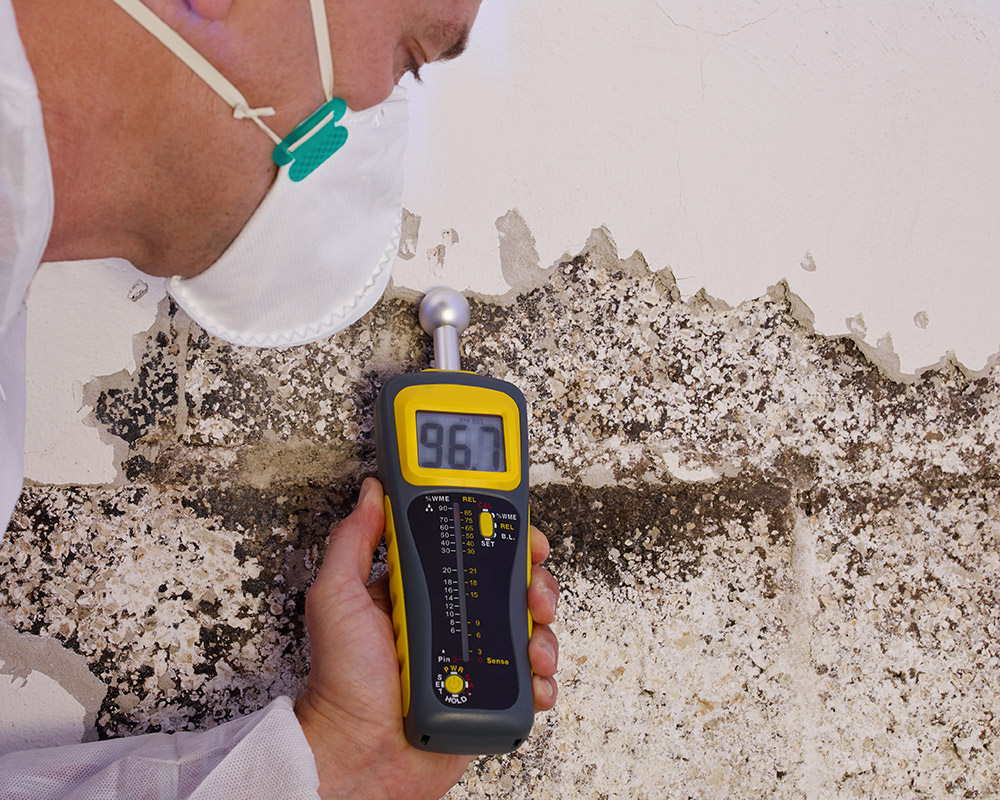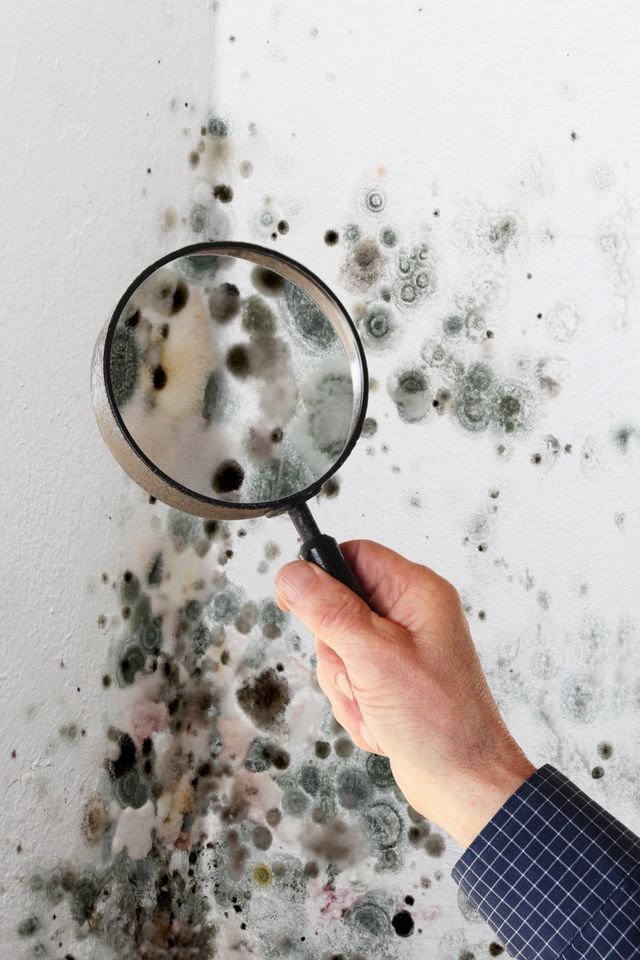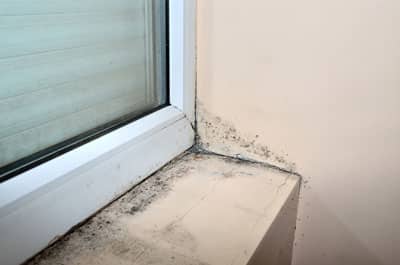Comprehensive Post Mold Remediation Procedures
Wiki Article
Your Ultimate Overview to Message Mold Removal Methods
In the after-effects of mold invasion, recognizing just how to properly remove the mold and prevent its reoccurrence is extremely important for keeping a healthy indoor environment. From selecting the appropriate cleaning and disinfecting approaches to applying methods for long-lasting mold and mildew avoidance, each action in the removal journey plays an important role in making certain a successful outcome.Understanding Post-Mold Remediation Process
After finishing the mold and mildew removal procedure, it is vital to understand the post-mold removal strategies that are required to guarantee a extensive and efficient clean-up. Once the mold and mildew has actually been gotten rid of, the next action involves cleansing and decontaminating the influenced locations to stop any regrowth of mold and mildew. This includes using specialized cleaning representatives to wipe down surface areas and kill any remaining mold and mildew spores. It is vital to dry the area completely to prevent the development of mold and mildew in the future (Post Mold Remediation Report). Correct air flow and dehumidification can assist in this process.
Moreover, conducting a last assessment post-remediation is vital to ensure that all mold has actually been efficiently eradicated. This assessment should include a comprehensive aesthetic check as well as potentially air sampling to validate the absence of mold and mildew spores airborne. Additional removal might be required if the inspection exposes any kind of remaining mold. Enlightening residents on precautionary procedures such as managing wetness levels and quickly dealing with any water leaks can assist maintain a mold-free environment.
Reliable Cleaning Up and Decontaminating Techniques

Avoiding Future Mold And Mildew Growth

Relevance of Proper Air Flow
Correct air flow plays a critical function in avoiding moisture buildup, a key consider mold and mildew growth within interior settings. Efficient ventilation systems assist get rid of excess humidity from the air, minimizing the opportunities of mold spores finding the wetness they need to germinate and spread. Without adequate air flow, indoor areas can become a breeding place for mold and mildew, resulting in possible wellness threats and architectural damage.By making certain proper air circulation, ventilation systems can additionally help in drying out wet areas a lot more swiftly after water damage or flooding occurrences, even more hindering mold and mildew development. what to do after mold remediation. Precede like bathrooms, cooking areas, attic rooms, and cellars where moisture levels have a tendency to be higher, installing and maintaining efficient ventilation systems is critical in preventing mold infestations

Tracking and Upkeep Tips
Offered the crucial function that appropriate ventilation plays in preventing mold and mildew growth, it is vital to develop efficient tracking and upkeep tips to guarantee the ongoing functionality of air flow systems. Surveillance moisture levels within the property is additionally crucial, as high humidity can add to mold and mildew development. By remaining mindful and proactive to the condition of air flow systems, building owners can properly alleviate the threat of mold regrowth and maintain a healthy and balanced interior environment.
Verdict
Finally, post-mold removal strategies are necessary for guaranteeing a risk-free and tidy atmosphere. Understanding the procedure, applying reliable cleansing and disinfecting techniques, preventing future mold and mildew growth, maintaining proper ventilation, and routine monitoring are all essential steps in the removal procedure. By following these standards, you can successfully eliminate mold and mildew and prevent its return, functioning or advertising a healthy living space for all occupants.In the aftermath of mold problem, understanding just how to properly eliminate the mold and prevent its reoccurrence is vital for keeping a healthy interior setting. Once the mold has actually been gotten rid of, the following action includes cleansing and sanitizing the impacted areas to protect against any type of regrowth of mold - After mold remediation. After getting rid of noticeable mold growth, it is vital to clean all surface areas in the affected area to get rid of any continuing to be mold Post Mold Remediation spores. To additionally improve mold avoidance steps, it is necessary to address underlying concerns that originally led to mold and mildew advancement.Provided the essential role that appropriate ventilation plays in preventing mold growth, it is vital to establish reliable monitoring and maintenance tips to guarantee the continued performance of air flow systems
Report this wiki page